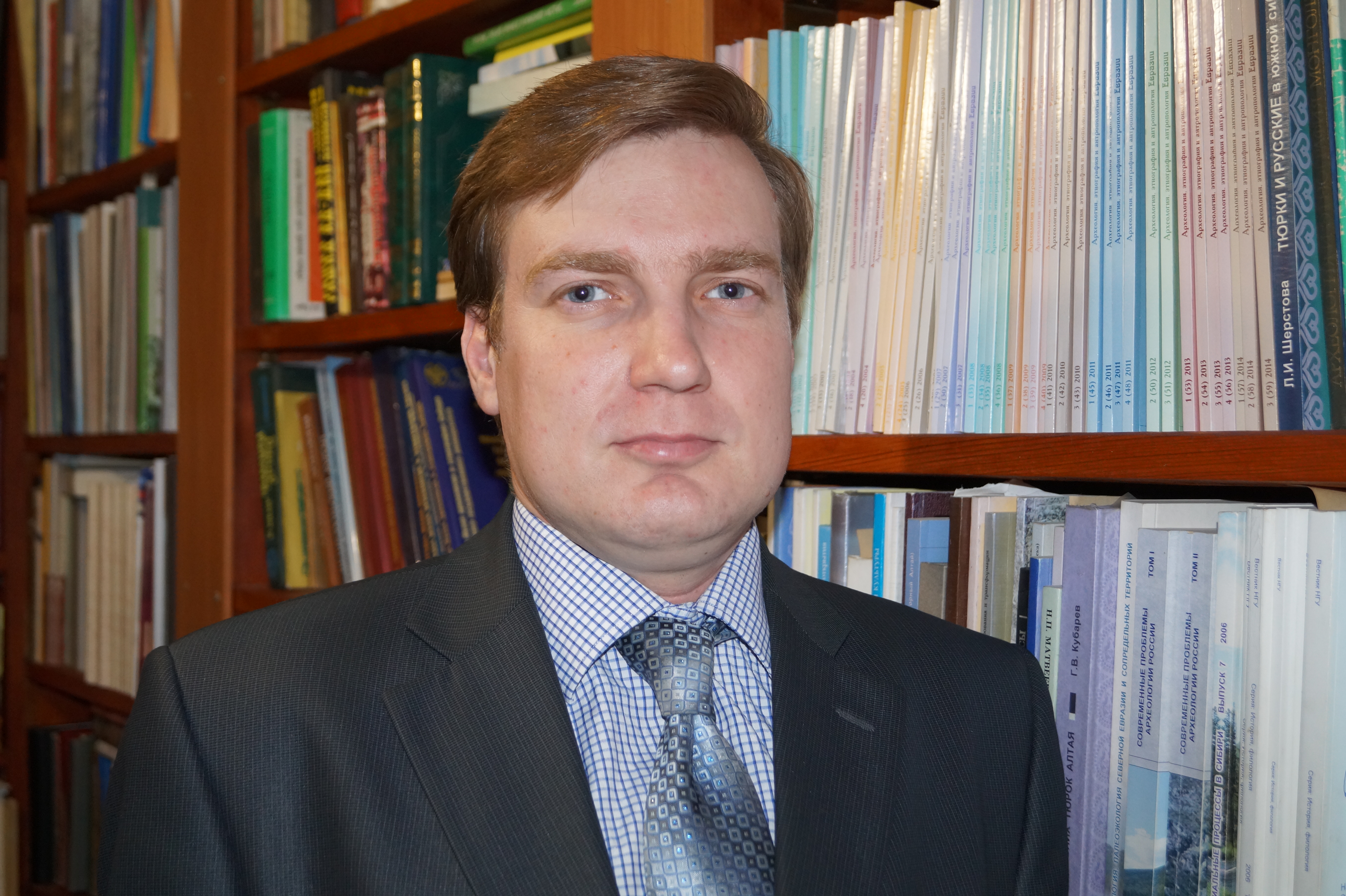The article reveals some results of the study of the development of the religious landscape of Western Siberia and neighboring regions of Central Asia in historical retrospect as one of the priorities in the activities of the department of political history, national and state-confessional relations of the laboratory of ethno-cultural and religious studies of the Altai state university. Based on the analysis of archaeological, ethnographic data, materials of archival institutions, legislative documents and other sources, the features of the development of the religious landscape of Western Siberia and adjacent regions of southern Siberia, Kazakhstan and Mongolia from the late antiquity to the present are consistently considered. It is noted that the evolution of the religious landscape is due to the peculiarities of ethnic, socio-economic, cultural and political processes. Some attention is paid to the initial stage of the spread of Buddhism, Manichaeism in the region. In addition, the influence of various processes on the situation of Muslim, old believers, Catholic, Jewish, Orthodox communities and the main directions of state and confessional policy of Russia in the Imperial, Soviet and modern periods are considered.
Key words: religious landscape, Western Siberia, Central Asia, state and confessional policy
DOI: 10.22250/2072-8662.2018.4.26-36
About the author
 |
Petr K. Dashkovskiy – DSc (History), Associate Professor at the Department of Political History, National and State-Confessional Relations; Head of the Laboratory of the Ethnocultural and Religious Research; 61Lenin Ave, Barnaul, 656049; This email address is being protected from spambots. You need JavaScript enabled to view it.
|






